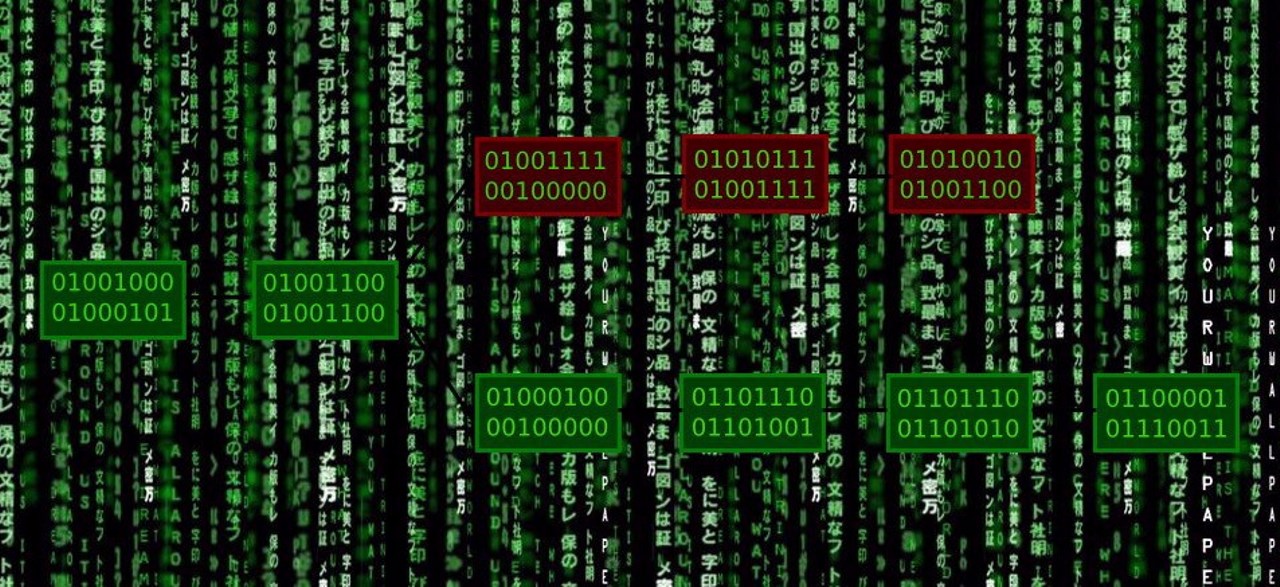Why We Seriously Need to Rethink Blockchain’s Consensus Mechanisms
Blockchain is often praised for many of its disruptive abilities and its decentralized structure is one of its main assets.
The technology is naturally democratic, fair, and resistant to third party control and corruption which makes it ideal for all kinds of industries like finance, law, and even government. Blockchain solutions are being developed for things like fair elections, secure supply chain management, and organizing public records.
Another growing industry where blockchain could really make a difference is the Internet of Things where blockchain to make a difference by providing secure and efficient handling of data.
But before blockchain hits the mainstream and starts to really achieve its potential, there are a few problems that need to be addressed.
One of the bigger issues with blockchain is the consensus mechanisms it uses to mine blocks and decide who can add data to the chain.
To find out what these drawbacks are and how to get around them, it’s important to look at the different types of consensus mechanism out there and the pros and cons they offer.
The consensus mechanisms right now
One of the main consensus mechanisms, used in Bitcoin and many other blockchains, is Proof of Work. It’s often lauded for being fair, resistant to corruption, decentralized, and secure. The way it works is it gives miners a mathematical puzzle to solve with the first to solve the puzzle getting to mine the next block in the chain as well as claim the fee that goes with it.
This ultimately becomes a case of computing power: whoever has the means to attempt the puzzle more times than anyone else will have the best chance of solving it-which is a problem. The PoW mechanism rewards those with astronomical amounts of energy and computing power, encouraging the building of giant ‘mining farms’ with vast numbers of computers all working constantly.
This uses enormous amounts of resources and is terrible for the environment. It also doesn’t work well with devices like the IoT, because too much hardware is required to mine which prevents smaller gadgets from becoming part of the network.
But at least it’s decentralized, right?
Well… kind of, but not entirely. In the PoW system, rich and powerful parties can simply invest big money in their own giant mining farms. This results in a small and wealthy percentage controlling most of the hashpower.
Another approach is the Proof of Stake mechanism. This allows network members who hold more tokens to have more voting power when it comes to mining new blocks.
It’s much less energy intensive because it isn’t based on computational competition, but it’s criticized for taking away the fair and democratic process of blockchain because the more stake owned, the larger the miner’s control over the network so richer and more influential members of have a greater degree of control than smaller players.
Although it requires less energy, Proof of Stake still isn’t ideal for the IoT. This is because it requires mining nodes to have the entire transactional ledger, which demands a lot of extra storage (and hardware) that IoT devices struggle to implement.
A third option for consensus mechanism is Proof of Assignment, which has been developed and is being used by IOTW, a company working to bring blockchain and the IoT together.
This works using something called MicroMining, which is far less energy intensive than other methods. Mining rights are assigned to users or groups of users based on their availability and past record — a fair and democratic system.
In the Proof of Assignment system there’s no need for nodes to have the entire ledger. This vastly cuts down on the resources required to mine, allowing small devices like IoT appliances to act as nodes and mine blocks.
It’s much faster, cheaper, and more energy efficient than the first two mechanisms, requiring no extra hardware. It allows ordinary users with IoT devices to mine blocks and earn the rewards.
The future for blockchain
If nothing changes, blockchain could become less decentralized in the future as big players buy up all the mining power in Proof of Work blockchains and buy positions of dominance in Proof of Stake blockchains.
What’s more, reliance on these flawed mainstream systems could limit the spread of blockchain to new areas like the IoT, because the energy, memory, and hardware demands are often simply too high.
The solution is to look for new consensus algorithms that prioritize decentralization, democracy, and fairness, and don’t consume substantial amounts of energy and resources.

The post Why We Seriously Need to Rethink Blockchain’s Consensus Mechanisms appeared first on Bitcoin Garden.
Komentar
Posting Komentar